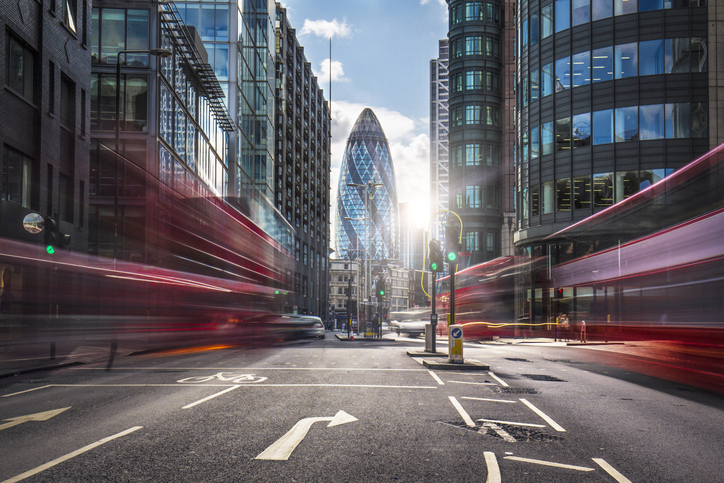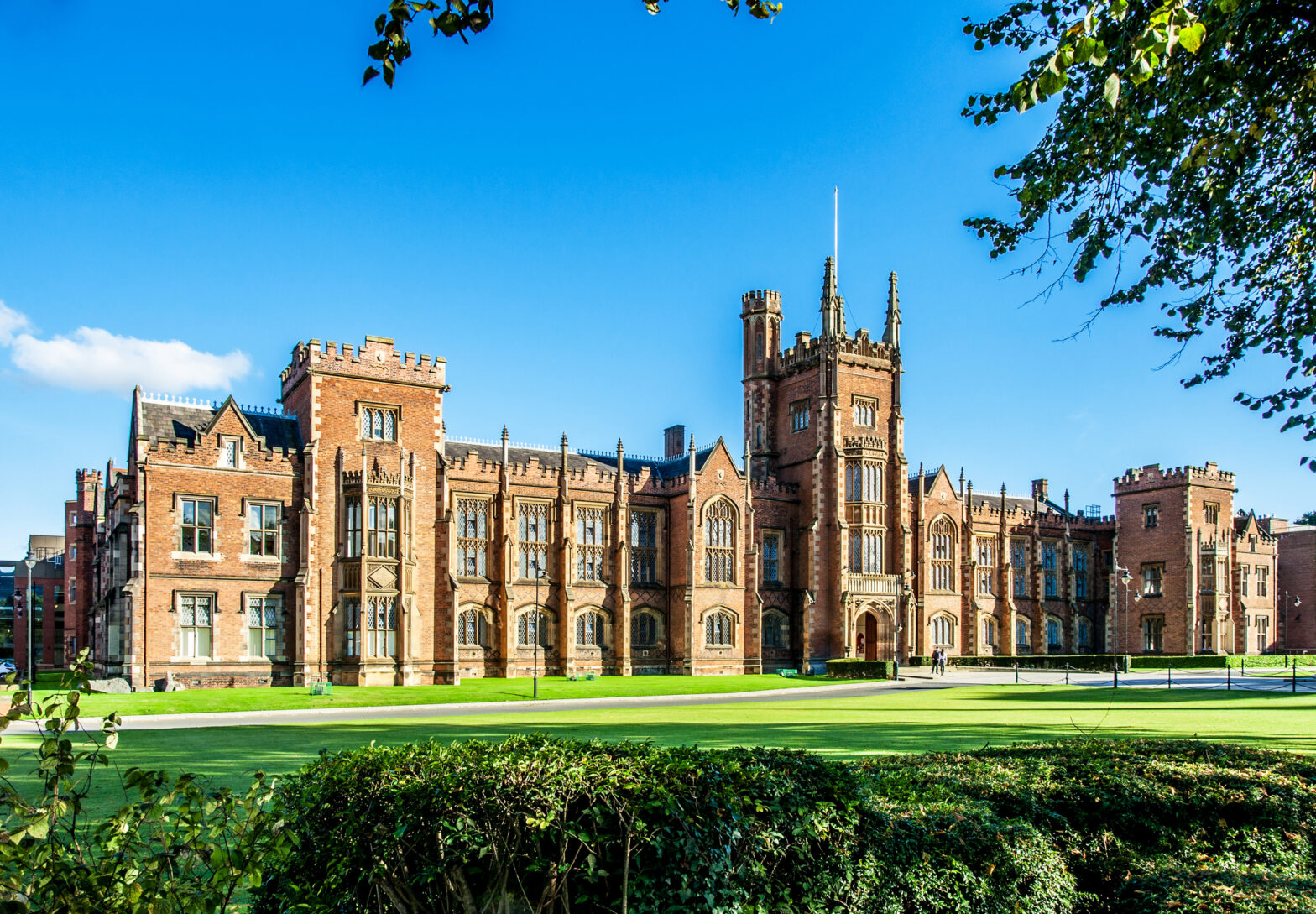Marc T Jones, an academic based at Ashridge Business School, investigates how Ramsay’s leadership affects his company’s brand, reputation and international expansion.
Under the stewardship of the fiery chef, who is renowned as much for his bad language and temper as his global culinary acclaim, Gordon Ramsay Holdings Ltd (GRH) is the force behind 28 restaurants throughout the world, various television programmes, a vast array of cookery books and a catering school.
Although the company has clearly suffered in the current economic climate and been hit by recent negative publicity about Ramsay’s personal affairs, GRH still appears resilient and this is reinforced by a successful risk mitigation strategy.
For example, in response to the recession and the cyclical nature of the high-end market, GRH has diversified risk and helped to secure income streams by opening three pubs and several mid-priced maze grills.
The organisation has also forged a strong partnership with Blackstone Group. The private equity firm is a dominant force in the global hotel and catering industry and has provided the capital, as well as various other resources, that have made it easier for GRH to expand overseas. The relationship began in 2001 and Blackstone now has a stake in all but two of GRH’s restaurants.
A critical element of this internationalisation is Ramsay’s television career, which has been expanding since 2004 and has made the chef – and the Gordon Ramsay brand – one of the most famous and recognised names in the culinary world. The passionate, aggressive and demanding leadership style that viewers see in these shows also helps to give GRH a competitive advantage because his goal of culinary perfection can be defined as representing the overall DNA of the organisation.
Throughout his shows Ramsay is often quick to find and nurture talent and this skill has proved a core capability of GRH. A persistent focus on team-building and promoting from within has fostered a high level of loyalty, with 85 per cent of of staff from 1993 still employed by the business. Clearly Ramsay is able to inspire and engage, on and off screen, with his “tough love” approach to management.
This loyalty has facilitated the development of a team of Ramsay-trained head chefs to whom the running of new establishments can be entrusted. Significantly, all head and executive level chefs have come from within the organisation.
GRH also recognises that the dream of any ambitious professional chef is to open their own establishment. So rather than hold these people back, or allow them to leave as competitors, GRH allows them to open as subsidiaries.
However for all the success that GRH has enjoyed, there have been failures. For example in 2005 the company lost £850,000 when it closed its Pengelley restaurant in London’s Knightbridge after just seven months. Ramsay attributed the failure to the company appointing an executive chef from outside GRH. The organisation has not repeated this mistake.
Another notable failure was in 2006 when Gordon Ramsay opened in New York’s London Hotel. The restaurant opening was late due to delays with the hotel’s refurbishment, it received poor reviews, the sommelier was fired for stealing and the head chef had to be replaced. However within a year the restaurant was transformed and it now holds two Michelin stars.
Then in January 2008 Ramsay opened his first Parisian restaurant, Versailles, at the Trianon Palace Hotel. After just eight months it had generated a loss of £1.78 million and in February last year Ramsay decided to walk away. The restaurant continues to use his brand under licence, but he is no longer responsible for its day-to-day operations.
One of the main challenges now facing GRH is how to navigate a conundrum that faces many other founder-led organisations – the ability of the leader to be everywhere all the time.
Despite GRH putting a layer of management in place to support Ramsay’s efforts across his vast range of activities (the chef once claimed to have an army of ‘mini-me’ lieutenants) the company has already arrived at this hurdle and it may well be the reason that Ramsay reportedly had to pump £5 million of his own money back into the business in order to balance the books.
This means the ultimate question for GRH may centre on the future role of Ramsay himself. Should he continue the broad portfolio of activities he undertakes, or is it time to rethink how and where he can add the greatest value to the organisation?
He is unquestionably the face of the company and his actions on television, in his restaurants and even in his private affairs all impact on GRH. The risk of having a complete perceptual alignment between the founder and brand was recently put to the test during press reports about Ramsay’s alleged infidelity.
For the time being at least, the media has largely tired of the “Ramsay affair” and the brand seems to have escaped unscathed. But the issue of balancing the interests of entrepreneur-founders and key stakeholders is a challenge that all organisations must face.
Looking to the future though, it would appear that GRH’s primary focus is survival and, where possible, selective growth in the context of the global economic slowdown. The apparent delay opening Gordon Ramsay at Amsterdam’s Pulitzer Hotel, which was originally scheduled for 2008, is indicative that getting through the recession and back into the black is more important than growth in the short term.
This is an extract from a full paper published in the Journal of Business Strategy, which is available from Emerald Group Publishing.







